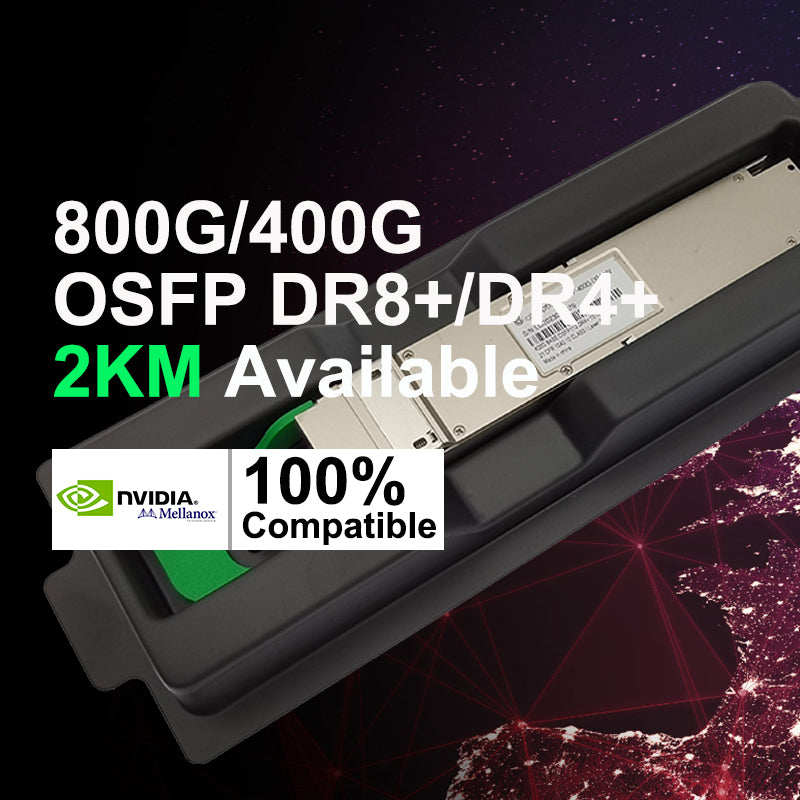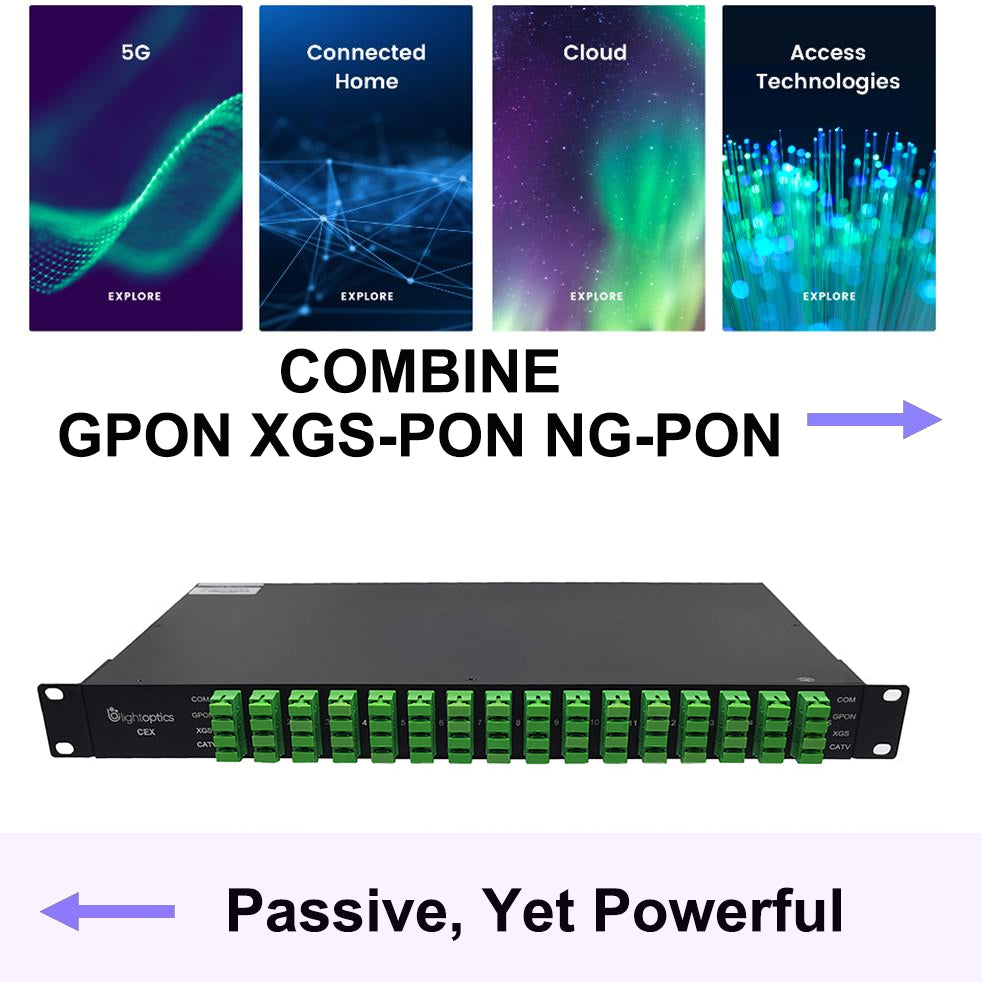What is 12G SDI?
WHAT IS SDI?
SDI (Serial Digital Interface) is a family of digital video interfaces (SDI, HD-SDI, 3G SDI, 6G SDI and 12G SDI), that was first standardized in 1989 by SMPTE (The Society of Motion Picture and Television Engineers). The standard has been widely adopted by the broadcast industry, and is used for transmission of uncompressed, unencrypted digital video signals in TV studios and facilities. In the live event industry, SDI is also a trusted technology – due to its rugged connector as well as signal distribution lengths.
Nowadays various versions of the serial digital interface support numerous video formats. With the demand for higher bandwidth (4K, 8K …) in applications such as broadcast, live events and fixed installations, the SDI standard has continued to evolve. There are now a wide range of products supporting 12G SDI in the market.
What is 12G SDI?
The 12G SDI standard was introduced simultaneously with the 6G SDI interface in 2015. It was revised in 2018 (ST 2082-10:2018) and has support for Standard Dynamic Range (SDR) and High Dynamic Range (HDR) Source image formats into a single or multiplex 12G-SDI 10-bit interfaces. Since higher bitrates are part of the standard, 12G SDI supports 4K 60 from a single link and 8K 30 from a dual.

WHAT ARE THE ADVANTAGES OF 12G SDI?
SDI has a number of advantages compared to other interfaces and standards for transmitting professional video and audio. In the earlier blog I wrote about SDI, we covered the following benefits of SDI:
- Cable lengths
- Optical fiber
- Physical connector (connectivity)
- Fully uncompressed audio and video
- SDI has no HDCP
- SDI has time-code embedded
To top this, I want to throw in a few more benefits of SDI vs competing standards:
- Latency free
- ANC data support (Ancillary)
- Cost
The SDI standard offers uncompressed, latency-free distribution of signals over the coaxial cable with cable lengths that are unrivalled by the competition.
SDI also supports ANC (ancillary data) which is used in broadcast systems. These data packets are distributed in either the vertical or horizontal blanking region of the signal.
And last, but absolutely not least, the cost of an SDI cable is typically lower than comparable cables such as HDMI, since the SDI cable is a standard coaxial cable (RG-6).
3G SDI vs 12G SDI
In addition to the above-mentioned support of higher resolutions in 12G SDI, 12G reduces system complexity in a 4K workflow. Instead of 4 x 3G SDI cables to get 4K, you need a single 12G SDI cable.
6G SDI vs 12G SDI: 4K and 8K interfaces
6G-SDI and 12G-SDI standards for higher resolutions were published on March 19, 2015. 6G became available in three versions; single link, dual link, and quad link. Single link (5.940Gbit/sec) supports distribution of 2160-line (4K) up to 30fps and 1080-line up to 60fps. Dual link (11.88 Gbit/ sec) can distribute 4Kp60 (4:2:2). Quad link (23.76Gbits/sec) provides 4Kp60 (4:4:4), 4Kp120 (4:2:2), and 8Kp30 (4:2:2). Broadcasters looking to move to 4K have up until recently relied on quad-link 3G-SDI, as the bit rate for 4Kp60 is just under 12Gb/s.
12G-SDI is capable of transporting 8Kp video with fabulously low latency. SMPTE released ST-2082 in 2015 to provide adata rate of 11.88Gbits/s and 11.88/1.001Gbits/sec. Now known as 12G-SDI, three versions are available; single- , dual- and quad-link. The single link can provide 4K 4:4:4 at 30fps or 4:2:2 at 60fps. Dual link (23.76Gbits/sec) provides 8K (4:2:2) at 30fps and as we move to quad link (47.52GBits/sec) 8K (4:2:2) at 60fps becomes available along with 4K at 120fps. ST2082-10 (single link) supports Mode 1 (4K/UHD up to 60fps) and Mode 2 (1080p 4:4:4 10 and 12-bit up to 120fps)
Although broadcasters are familiar with using 10-bit SDI systems, 12G-SDI is providing future proofing through the provision for 12-bit samples. As well as being backwards compatible and maintaining 10-bit samples, ST-2082 makes provision for 12-bit samples to enhance HDR images.
Key to the longevity of SDI is its inherent backwards compatibility. If you already have a 3G installation and then upgrade a part to be 12G, then any 3G signals routed through the 12G infrastructure should work reliably.
Through quad-link 12G-SDI, bit rates of up to 47.52Gbits/sec are available. This allows 8K signals to be transferred for 10-bit 8Kp60 and 12-bit 8Kp30.












